IGS 2024 Successfully Concludes in Kuala Lumpur
发布时间:2024年12月25日
浏览数:157
The International Geomechanics Conference (IGS 2024) was successfully held in Kuala Lumpur, Malaysia, from November 18-20, 2024. Co-hosted by 10 prominent international organizations, including the American Rock Mechanics Association (ARMA), Society of Exploration Geophysicists (SEG), American Association of Petroleum Geologists (AAPG), and the Chinese Society for Rock Mechanics and Engineering (CSRME), the conference brought together 269 representatives from 34 countries. CSRME President Academician He Manchao attended the conference. Notably, 70 delegates were from China, representing 26% of the total participants. Chinese experts delivered 47 of the 176 conference presentations, underscoring China's significant contributions to the field of geomechanics.
Conference Theme and Highlights
This year’s conference, themed "The Role of Geomechanics in Sustainable Development and Energy Efficiency," focused on the latest advancements and technological achievements in geomechanics across energy storage, CO2 sequestration, petroleum, mining, geothermal, geotechnical engineering, and environmental sectors.
On the afternoon of November 18, the "Presidents’ Forum" was chaired by Dr. Gang Han, former ARMA President. Leaders from the 10 co-hosting organizations shared their visions, key issues, and future plans. CSRME President Academician He Manchao delivered a well-received presentation titled "CSRME Facing New Era," detailing the society’s achievements, including the upcoming CHINA ROCK 2024, hot topics in rock mechanics, and journal development. The forum fostered new opportunities for collaboration and international research initiatives. Special Session: Chinese Rock Mechanics and Geomechanics
The Chinese Rock Mechanics and Geomechanics Session, held on November 18, showcased cutting-edge research by Chinese experts:
Prof. Zhang Fengshou (Tongji University) presented on "Offshore CO2 Sequestration and Mineralization in Basalts: Prospects, Constraints, and Challenges."
Prof. Liu Chun (Nanjing University) discussed "AI Identification of Engineering Events Based on Vibration Signals and Discrete Element Numerical Simulations."
Prof. Wang Lige (Shandong University) shared insights on "Excavation Compensation Mechanisms for Deep Buried Tunnels and System Modelling for CAES."
Prof. Qiu Wenge (Southwest Jiaotong University) delivered a talk on "Three Stability Classification of Tunnel and Underground Space."
Prof. Wu Hui (Peking University) explored "Deep Learning-Based Discreet Fracture Network Characterization and Application to Enhanced Geothermal Systems."
The session drew significant interest from international experts, including National Academy of Engineering (NAE) members Derek Elsworth and Laura Pyrak-Nolte, as well as Prof. Maurice Dusseault from the University of Waterloo, who actively engaged in discussions and questions. Visit to The National University of Malaysia
On November 20, the Chinese delegation visited The National University of Malaysia (UKM). The delegation, led by CSRME President He Manchao, was warmly received by Prof. Mohd Arifin, Vice Dean of the Faculty of Science and Technology, along with Prof. Mohd Latif (Head of Earth and Environmental Sciences) and Prof. Rini Abdulah (Vice President of the Malaysian Rock Mechanics and Engineering Geology Society). Prof. Zhang Fengshou introduced CSRME’s recent achievements, conference initiatives, and journal developments. Malaysian representatives expressed admiration for CSRME’s member base and operational model and expressed eagerness for deeper collaboration. Over 20 UKM faculty and students attended the meeting, which concluded with a visit to the university’s geological exhibition hall. Strengthening International Collaboration
During the conference, the 6th US-China Rock Mechanics Presidents’ Meeting was held. Discussions focused on energy, education, youth talent development, and sustainable development, marking a significant step toward enhancing scientific exchange and cooperation between the two nations. This collaboration is expected to contribute positively to global energy sustainability.
Conclusion
The Chinese delegation successfully completed its mission at IGS 2024, showcasing the latest achievements of Chinese scientists and fostering stronger ties with international geomechanics organizations. The conference not only highlighted China’s growing influence in geomechanics but also paved the way for future collaborative projects and advancements in the field.
This year’s conference, themed "The Role of Geomechanics in Sustainable Development and Energy Efficiency," focused on the latest advancements and technological achievements in geomechanics across energy storage, CO2 sequestration, petroleum, mining, geothermal, geotechnical engineering, and environmental sectors.
On the afternoon of November 18, the "Presidents’ Forum" was chaired by Dr. Gang Han, former ARMA President. Leaders from the 10 co-hosting organizations shared their visions, key issues, and future plans. CSRME President Academician He Manchao delivered a well-received presentation titled "CSRME Facing New Era," detailing the society’s achievements, including the upcoming CHINA ROCK 2024, hot topics in rock mechanics, and journal development. The forum fostered new opportunities for collaboration and international research initiatives. Special Session: Chinese Rock Mechanics and Geomechanics
The Chinese Rock Mechanics and Geomechanics Session, held on November 18, showcased cutting-edge research by Chinese experts:
Prof. Zhang Fengshou (Tongji University) presented on "Offshore CO2 Sequestration and Mineralization in Basalts: Prospects, Constraints, and Challenges."
Prof. Liu Chun (Nanjing University) discussed "AI Identification of Engineering Events Based on Vibration Signals and Discrete Element Numerical Simulations."
Prof. Wang Lige (Shandong University) shared insights on "Excavation Compensation Mechanisms for Deep Buried Tunnels and System Modelling for CAES."
Prof. Qiu Wenge (Southwest Jiaotong University) delivered a talk on "Three Stability Classification of Tunnel and Underground Space."
Prof. Wu Hui (Peking University) explored "Deep Learning-Based Discreet Fracture Network Characterization and Application to Enhanced Geothermal Systems."
The session drew significant interest from international experts, including National Academy of Engineering (NAE) members Derek Elsworth and Laura Pyrak-Nolte, as well as Prof. Maurice Dusseault from the University of Waterloo, who actively engaged in discussions and questions. Visit to The National University of Malaysia
On November 20, the Chinese delegation visited The National University of Malaysia (UKM). The delegation, led by CSRME President He Manchao, was warmly received by Prof. Mohd Arifin, Vice Dean of the Faculty of Science and Technology, along with Prof. Mohd Latif (Head of Earth and Environmental Sciences) and Prof. Rini Abdulah (Vice President of the Malaysian Rock Mechanics and Engineering Geology Society). Prof. Zhang Fengshou introduced CSRME’s recent achievements, conference initiatives, and journal developments. Malaysian representatives expressed admiration for CSRME’s member base and operational model and expressed eagerness for deeper collaboration. Over 20 UKM faculty and students attended the meeting, which concluded with a visit to the university’s geological exhibition hall. Strengthening International Collaboration
During the conference, the 6th US-China Rock Mechanics Presidents’ Meeting was held. Discussions focused on energy, education, youth talent development, and sustainable development, marking a significant step toward enhancing scientific exchange and cooperation between the two nations. This collaboration is expected to contribute positively to global energy sustainability.
Conclusion
The Chinese delegation successfully completed its mission at IGS 2024, showcasing the latest achievements of Chinese scientists and fostering stronger ties with international geomechanics organizations. The conference not only highlighted China’s growing influence in geomechanics but also paved the way for future collaborative projects and advancements in the field.


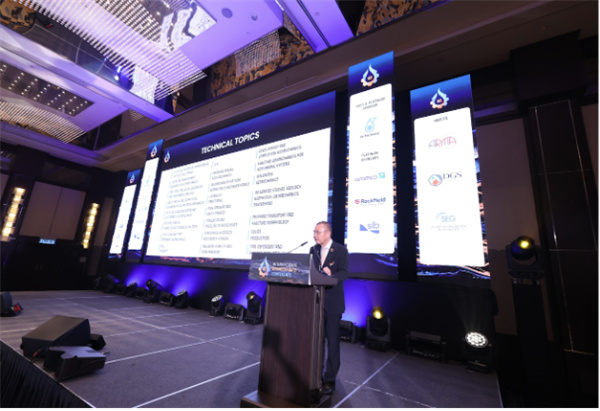

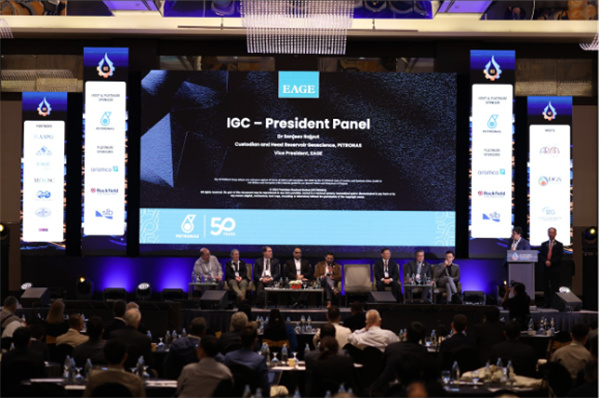
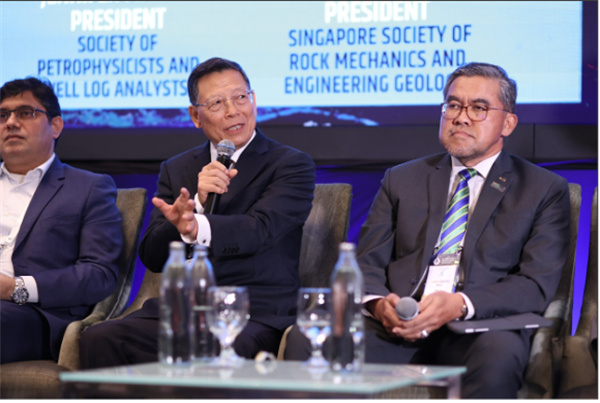

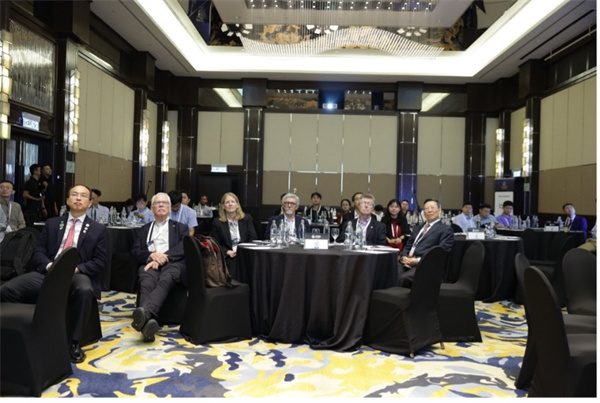
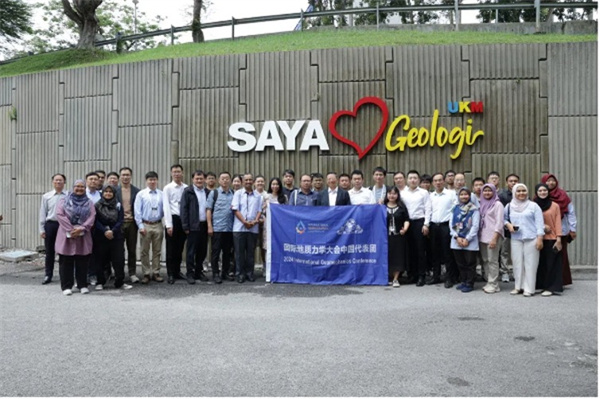
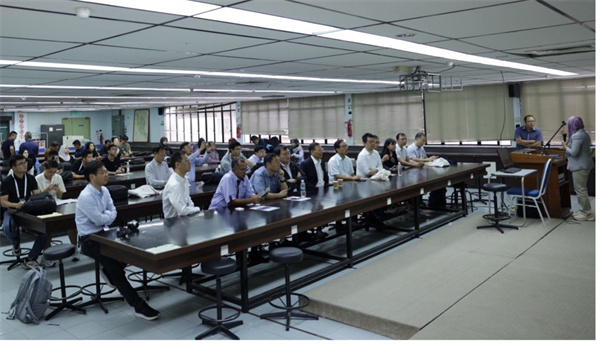








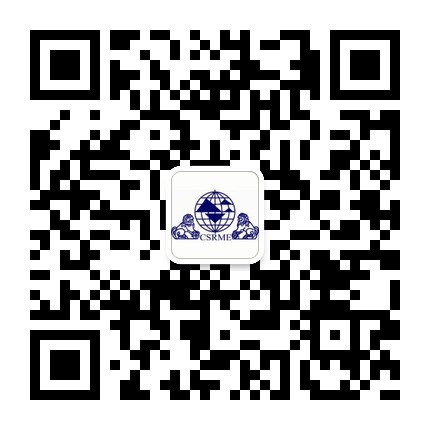 中国岩石力学与工程学会微信订阅号
中国岩石力学与工程学会微信订阅号
 科普岩石力学与工程
科普岩石力学与工程